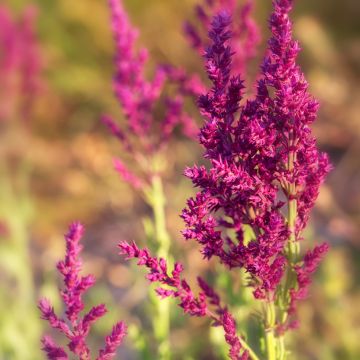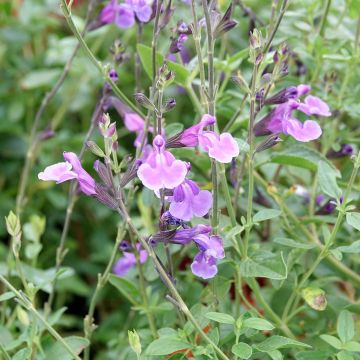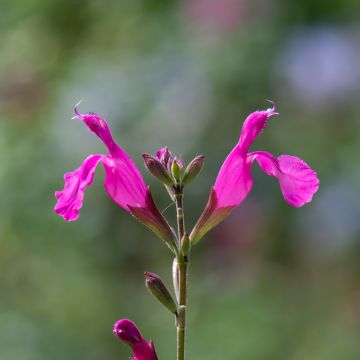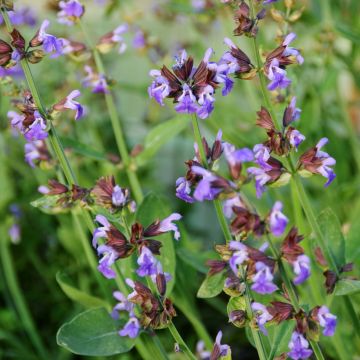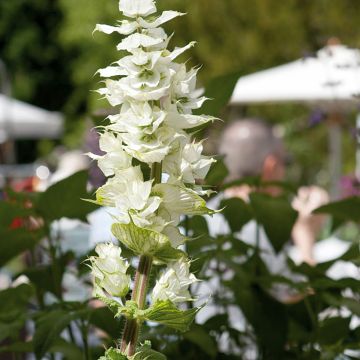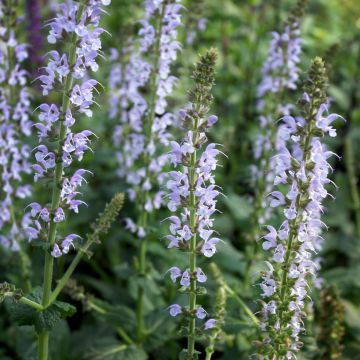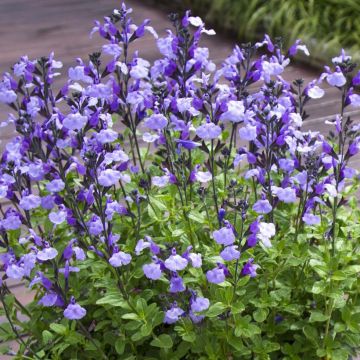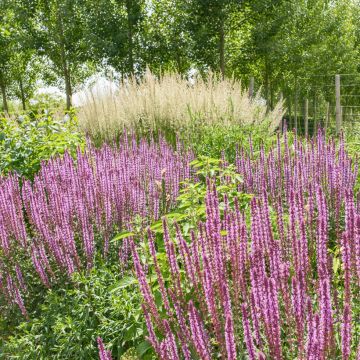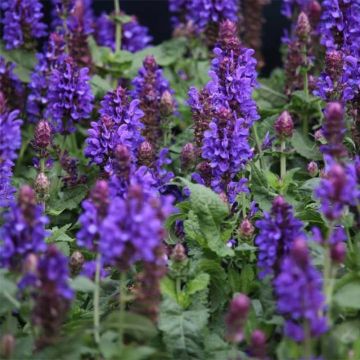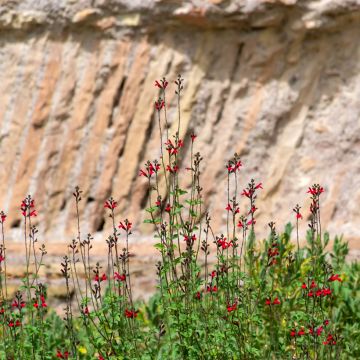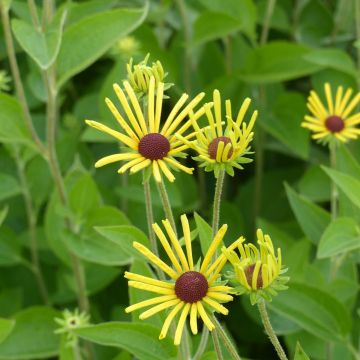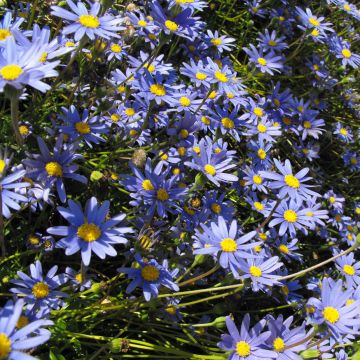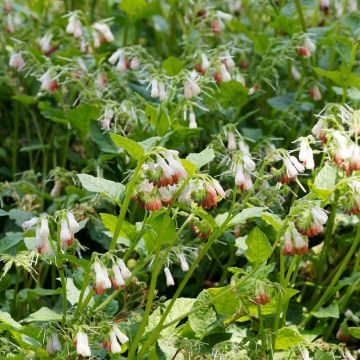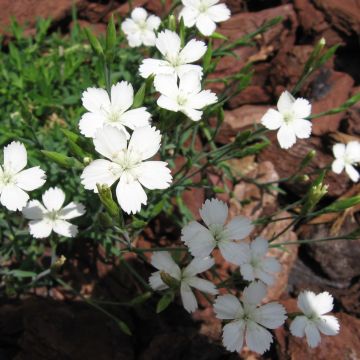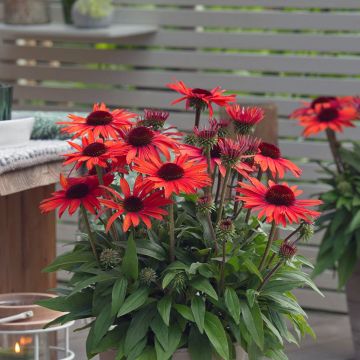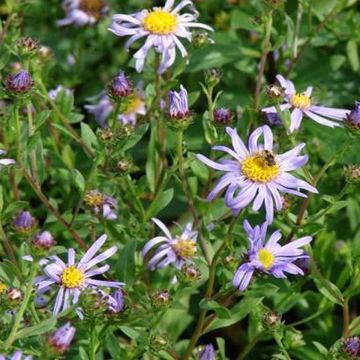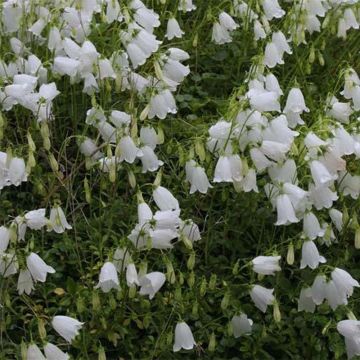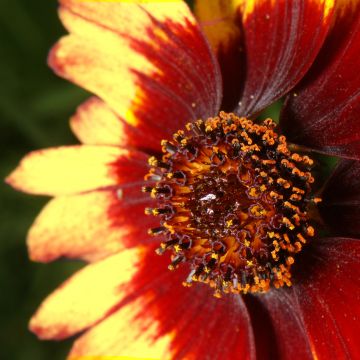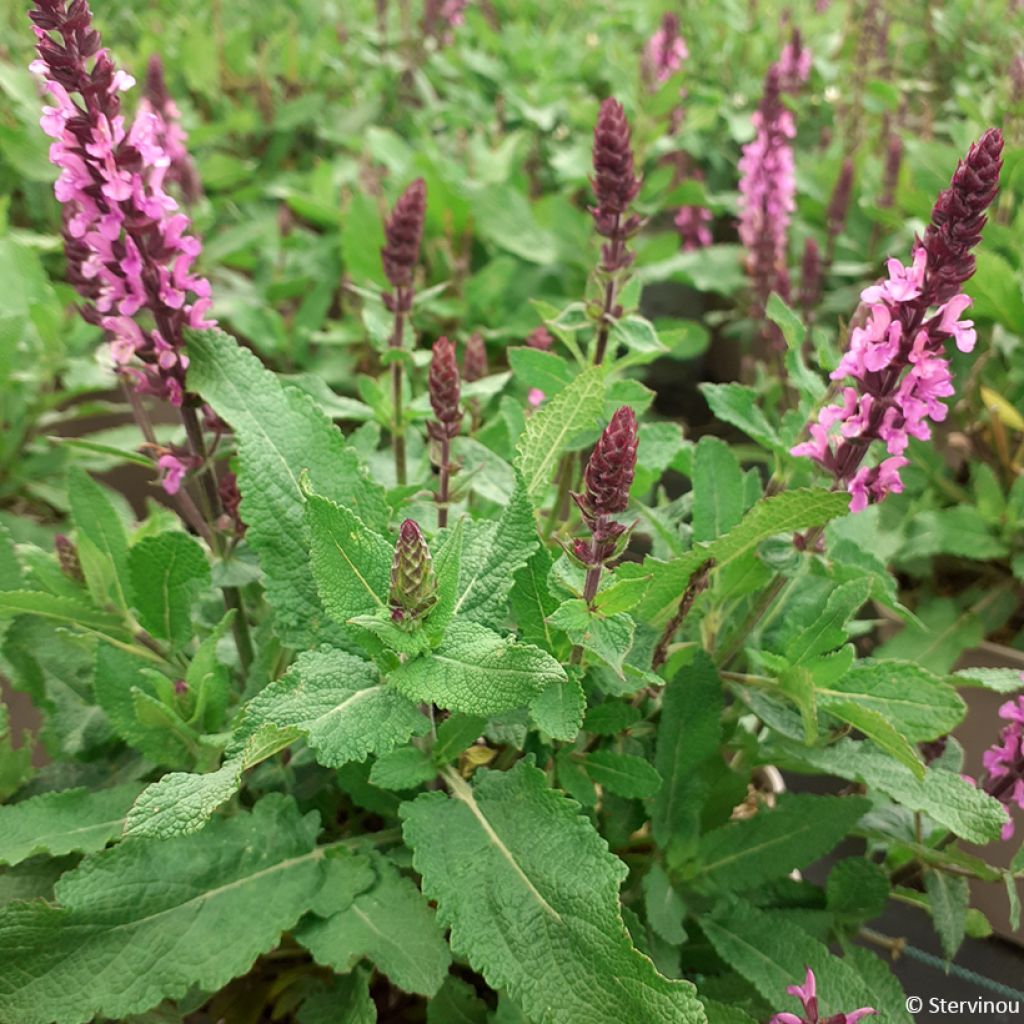

Salvia nemorosa Midnight Rose - Woodland Sage
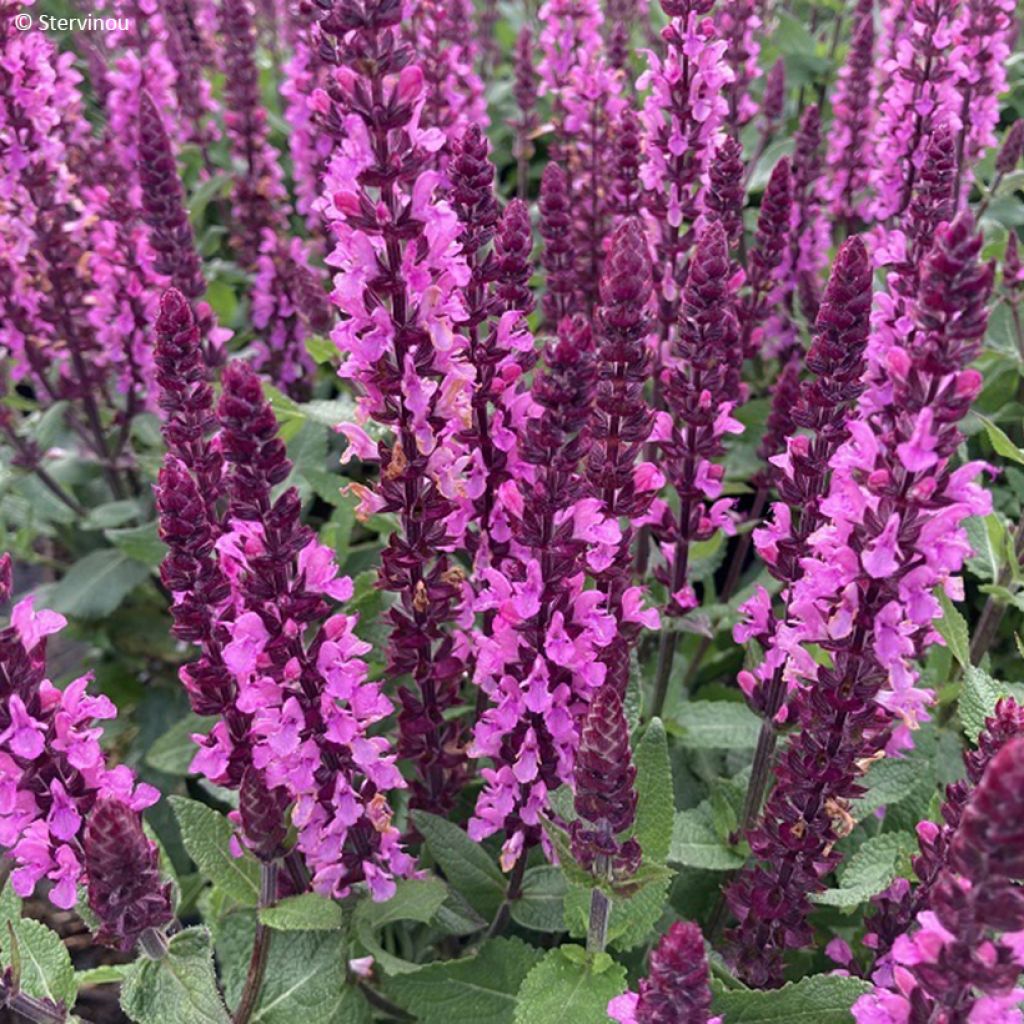

Salvia nemorosa Midnight Rose - Woodland Sage
Salvia nemorosa Midnight Rose - Woodland Sage
Salvia nemorosa 'Dosalmiro' MIDNIGHT ROSE (MIDNIGHT series)
Wood Sage, Balkan Clary
This item cannot be shipped to the selected country
Delivery charge from €5.90
Delivery to Corse prohibited
More information
Schedule delivery date,
and select date in basket
This plant carries a 12 months recovery warranty
More information
We guarantee the quality of our plants for a full growing cycle, and will replace at our expense any plant that fails to recover under normal climatic and planting conditions.
From €5.90 for pickup delivery and €6.90 for home delivery
Express home delivery from €8.90.
Delivery to Corse prohibited: UE law prohibits the import of this plant from mainland France to Corse as part of the fight against Xylella fastidiosa. Please accept our sincere apologies.
More information
Does this plant fit my garden?
Set up your Plantfit profile →
Description
The Salvia nemorosa 'Midnight Rose', related to the wood sage, is a perennial essential for enthusiasts of easy and colourful flowers. Its compact habit and spikes of intense pink flowers work wonders in sunny borders, flower beds, or even in containers. Very hardy and undemanding, this plant is disease-resistant and attracts pollinators. Its refined appearance and generous flowering from June to September are universally appreciated.
Belonging to the Lamiaceae family, Salvia nemorosa originates from meadows and clearings in Europe and Asia. 'Midnight Rose', a cultivar selected by Dümmen Orange in 2020, stands out with its upright bright pink floral spikes, contrasting with purple calyces and purplish-violet stems. This compact sage reaches approximately 35 to 40 cm in height with a width of 25 cm. It exhibits continuous flowering if faded flowers are regularly cut. Very hardy, up to -20°C, this perennial tolerates drought quite well once established. Its airy vegetation develops in spring, from a rosette of ovate, rough, very dark green leaves, with toothed, aromatic edges when crushed.
'Midnight Rose' is an ideal perennial sage for borders, flower beds, and containers. It fits perfectly in a cottage garden style. To create beautiful combinations, pair it with Nepeta 'Kit Cat' for a blue and pink contrast, Achillea 'Desert Eve Deep Rose' for a harmonious palette of pinks, Stachys monieri 'Hummelo' for its textured foliage, and Perovskia atriplicifolia 'Little Spire' to add lightness and silver foliage that will enhance the pink flower spikes of the sage.
With over 900 species of annuals, perennials, and softwood shrubs distributed worldwide, except in very cold regions and tropical forests, the Salvia genus is the richest in the Lamiaceae family. The name Salvia, dating back to Roman times, derives from the Latin salvus "healthy" alluding to the medicinal virtues of common sage.
Report an error about the product description
Salvia nemorosa Midnight Rose - Woodland Sage in pictures


Flowering
Foliage
Plant habit
Botanical data
Salvia
nemorosa
'Dosalmiro' MIDNIGHT ROSE (MIDNIGHT series)
Lamiaceae
Wood Sage, Balkan Clary
Cultivar or hybrid
Other Salvia - Sage
Planting and care
Plant Salvia nemorosa 'Midnight Rose' in ordinary, even rather calcareous, but above all well-drained soil. This plant tolerates some drought, at the expense of flowering, however. It does not appreciate very clayey, waterlogged soils in winter, which can harm its hardiness. Plant it in a sunny location. It is an easy, very floriferous plant. In spring, give it some fertiliser and in April, prune all the branches by half. After flowering, cut back the faded flower stems to stimulate and prolong flowering. To preserve the vitality of the sage, it is good to divide the plant after 3 years. Plant the new plants in well-worked soil: to improve slightly poor soil, mix in some horticultural compost. In wet and cold regions, use a mineral mulch (gravel, pumice, pebbles...) 4 to 6 cm thick to drain the plant's collar.
Planting period
Intended location
Care
This item has not been reviewed yet - be the first to leave a review about it.
Summer flowering perennials
Haven't found what you were looking for?
Hardiness is the lowest winter temperature a plant can endure without suffering serious damage or even dying. However, hardiness is affected by location (a sheltered area, such as a patio), protection (winter cover) and soil type (hardiness is improved by well-drained soil).

Photo Sharing Terms & Conditions
In order to encourage gardeners to interact and share their experiences, Promesse de fleurs offers various media enabling content to be uploaded onto its Site - in particular via the ‘Photo sharing’ module.
The User agrees to refrain from:
- Posting any content that is illegal, prejudicial, insulting, racist, inciteful to hatred, revisionist, contrary to public decency, that infringes on privacy or on the privacy rights of third parties, in particular the publicity rights of persons and goods, intellectual property rights, or the right to privacy.
- Submitting content on behalf of a third party;
- Impersonate the identity of a third party and/or publish any personal information about a third party;
In general, the User undertakes to refrain from any unethical behaviour.
All Content (in particular text, comments, files, images, photos, videos, creative works, etc.), which may be subject to property or intellectual property rights, image or other private rights, shall remain the property of the User, subject to the limited rights granted by the terms of the licence granted by Promesse de fleurs as stated below. Users are at liberty to publish or not to publish such Content on the Site, notably via the ‘Photo Sharing’ facility, and accept that this Content shall be made public and freely accessible, notably on the Internet.
Users further acknowledge, undertake to have ,and guarantee that they hold all necessary rights and permissions to publish such material on the Site, in particular with regard to the legislation in force pertaining to any privacy, property, intellectual property, image, or contractual rights, or rights of any other nature. By publishing such Content on the Site, Users acknowledge accepting full liability as publishers of the Content within the meaning of the law, and grant Promesse de fleurs, free of charge, an inclusive, worldwide licence for the said Content for the entire duration of its publication, including all reproduction, representation, up/downloading, displaying, performing, transmission, and storage rights.
Users also grant permission for their name to be linked to the Content and accept that this link may not always be made available.
By engaging in posting material, Users consent to their Content becoming automatically accessible on the Internet, in particular on other sites and/or blogs and/or web pages of the Promesse de fleurs site, including in particular social pages and the Promesse de fleurs catalogue.
Users may secure the removal of entrusted content free of charge by issuing a simple request via our contact form.
The flowering period indicated on our website applies to countries and regions located in USDA zone 8 (France, the United Kingdom, Ireland, the Netherlands, etc.)
It will vary according to where you live:
- In zones 9 to 10 (Italy, Spain, Greece, etc.), flowering will occur about 2 to 4 weeks earlier.
- In zones 6 to 7 (Germany, Poland, Slovenia, and lower mountainous regions), flowering will be delayed by 2 to 3 weeks.
- In zone 5 (Central Europe, Scandinavia), blooming will be delayed by 3 to 5 weeks.
In temperate climates, pruning of spring-flowering shrubs (forsythia, spireas, etc.) should be done just after flowering.
Pruning of summer-flowering shrubs (Indian Lilac, Perovskia, etc.) can be done in winter or spring.
In cold regions as well as with frost-sensitive plants, avoid pruning too early when severe frosts may still occur.
The planting period indicated on our website applies to countries and regions located in USDA zone 8 (France, United Kingdom, Ireland, Netherlands).
It will vary according to where you live:
- In Mediterranean zones (Marseille, Madrid, Milan, etc.), autumn and winter are the best planting periods.
- In continental zones (Strasbourg, Munich, Vienna, etc.), delay planting by 2 to 3 weeks in spring and bring it forward by 2 to 4 weeks in autumn.
- In mountainous regions (the Alps, Pyrenees, Carpathians, etc.), it is best to plant in late spring (May-June) or late summer (August-September).
The harvesting period indicated on our website applies to countries and regions in USDA zone 8 (France, England, Ireland, the Netherlands).
In colder areas (Scandinavia, Poland, Austria...) fruit and vegetable harvests are likely to be delayed by 3-4 weeks.
In warmer areas (Italy, Spain, Greece, etc.), harvesting will probably take place earlier, depending on weather conditions.
The sowing periods indicated on our website apply to countries and regions within USDA Zone 8 (France, UK, Ireland, Netherlands).
In colder areas (Scandinavia, Poland, Austria...), delay any outdoor sowing by 3-4 weeks, or sow under glass.
In warmer climes (Italy, Spain, Greece, etc.), bring outdoor sowing forward by a few weeks.

































